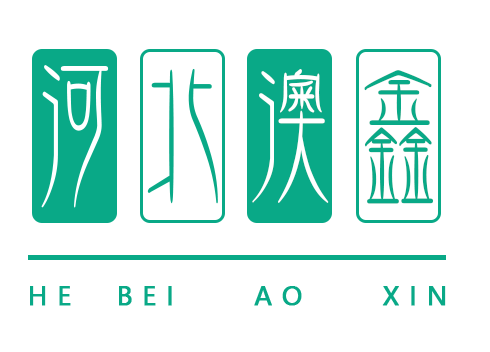
Aug . 13, 2024 10:46 Back to list
Sustainable RPET Picnic Blanket Suppliers for Eco-Friendly Outdoor Adventures and Gatherings
The Rise of RPET Picnic Blankets A Sustainable Choice from Manufacturers
As the world becomes increasingly aware of the environmental challenges we face, consumers are looking for sustainable products that not only meet their needs but also contribute positively to the planet. One such product gaining popularity is the RPET picnic blanket. RPET, or recycled polyethylene terephthalate, is a material made from recycled plastic bottles and other plastic waste. The use of RPET in picnic blankets is a prime example of how manufacturers are innovating to create eco-friendly alternatives while catering to the growing demand for sustainable products.
Understanding RPET and Its Benefits
RPET is derived from the recycling of PET plastic, which is commonly found in single-use beverage bottles. The process of converting these waste products into usable textile fibers involves collecting, sorting, cleaning, and processing the plastic. This method not only helps to reduce the amount of plastic waste in landfills but also conserves natural resources by decreasing the need for virgin materials. Furthermore, RPET production requires significantly less energy compared to producing new PET, resulting in lower carbon emissions.
The benefits of RPET picnic blankets extend beyond their eco-friendly credentials. They are typically lightweight, durable, and resistant to moisture, making them ideal for outdoor activities such as picnics, beach outings, and camping trips. Many manufacturers enhance the user experience by including features like easy-to-clean surfaces and compact designs for easy transportation. As more consumers seek products that align with their values, RPET picnic blankets are becoming a trendy choice for environmentally-conscious individuals and families.
Manufacturer Innovations in RPET Picnic Blankets
Manufacturers of RPET picnic blankets are not only focused on sustainability but also on quality and design. The market has witnessed a surge of creativity, with companies offering an array of colors, patterns, and sizes to appeal to various preferences and occasions. Some manufacturers collaborate with designers to come up with unique, stylish prints that stand out, marrying function with aesthetics.
rpet picnic blanket manufacturers

Moreover, companies are investing in research and development to enhance the performance of RPET materials. Innovations in waterproofing techniques and insulation properties can turn a simple picnic blanket into an all-weather companion. Some brands are also introducing recycled cork or other biodegradable materials for backing, further reducing the ecological footprint of their products.
Consumer Awareness and Demand
The shift towards sustainable products is primarily driven by growing consumer awareness regarding environmental issues. Surveys indicate that a significant percentage of consumers are willing to pay more for products made from recycled materials. This has prompted manufacturers to emphasize their use of RPET in marketing campaigns, highlighting both the environmental benefits and the superior quality of their picnic blankets.
As social media platforms become powerful tools for spreading awareness, user-generated content showcasing RPET picnic blankets can influence purchasing decisions. Eco-conscious influencers sharing their love for sustainable products create a ripple effect, encouraging others to explore these environmentally-friendly choices.
Conclusion
RPET picnic blankets represent a meaningful step towards sustainability in consumer goods. Manufacturers are not only helping to reduce plastic waste but also providing consumers with high-quality, stylish options for their outdoor adventures. As the trend towards eco-friendly products continues to grow, RPET picnic blankets are positioned to be a staple item for anyone looking to enjoy the great outdoors while making responsible choices. Investing in such products is not just a personal choice; it is part of a larger commitment to protecting our planet for future generations.
-
Baggu Picnic Blanket: Large, Waterproof Outdoor Mat for Picnics
NewsAug.09,2025
-
Baggu Picnic Blanket: Compact, Waterproof & Stylish
NewsAug.08,2025
-
Foldable Picnic Rugs: Portable, Waterproof, Stylish Designs
NewsAug.07,2025
-
Waterproof & Large Camping Picnic Mat for Outdoors
NewsAug.06,2025
-
Cozy Kids Sleeping Bags with Tech Innovation
NewsAug.04,2025
-
Best Waterproof Picnic Mat - Premium Durability & Comfort
NewsAug.03,2025
